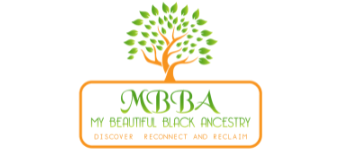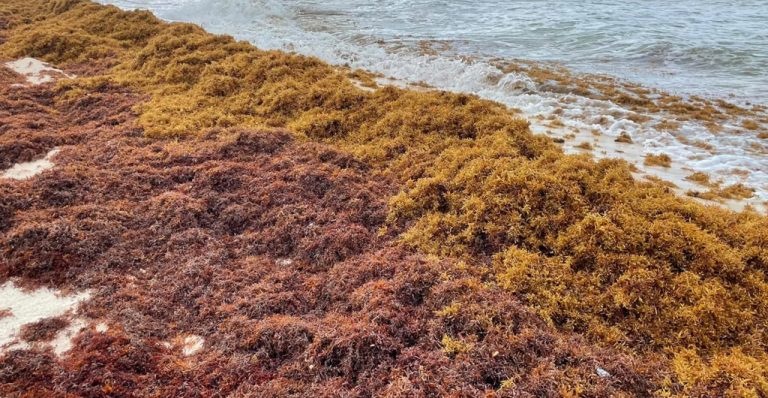Sargassum, a foul-smelling seaweed, has infiltrated the majority of Caribbean islands, including Jamaica. As a result, the government is taking steps to implement it and mitigate its effects.
Orville Palmer, Chief Technical Director at the Ministry of Agriculture and Fisheries, stated that a project is being investigated to see how sargassum can be used.
“We will have to do some further research to see how we can process [the sargassum] into value-added things like fertilizer, while at the same time being able to successfully eliminate or remove the impediment. That is something we are actively working on as we speak.”
Stephen Smikle, Principal Director of the Marine Branch, National Fisheries Authority, explained that sargassum is a naturally occurring aquatic plant found in the Atlantic Ocean.
“Why we’re seeing so much of it now is perhaps as a direct consequence of climate change. The water temperature is getting warmer and with that, we’re finding sargassum increasing in numbers and washing into the Caribbean, It’s not just Jamaica that’s affected; it’s all the Caribbean islands,” he said.
Mr. Smikle, noting that the project is a regional one, reiterated that “we’re looking to see if we can harvest the sargassum and use it in some kind of economic way (such as) for drugs in the pharmaceutical industry”.
The National Environment and Planning Agency (NEPA) issued a warning to Jamaica in June about an increase in sargassum along several beaches across the island. The parishes of Portland, St. Thomas, St. Catherine, and Westmoreland parishes are said to be particularly hard hit.

Despite being completely harmless to humans, the unsightly and stinky nature of rotting sargassum has the potential to ruin beach-based activities for millions of tourists this summer.

